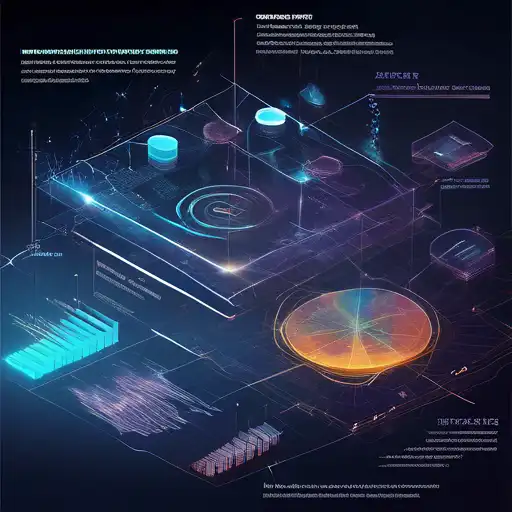Introduction to Data Visualization
In today's data-driven world, the ability to visualize data effectively is more important than ever. Data visualization techniques enable businesses and individuals to uncover hidden patterns, trends, and insights that are not apparent in raw data. This article explores various data visualization techniques that can help you gain better insights from your data.
Why Data Visualization Matters
Data visualization transforms complex data sets into visual representations, making it easier to understand and interpret data. It plays a crucial role in decision-making processes across industries, from healthcare to finance. By leveraging the right visualization techniques, you can communicate your findings more effectively and make data-driven decisions with confidence.
Key Data Visualization Techniques
There are several data visualization techniques that can be used depending on the type of data and the insights you wish to derive. Below are some of the most effective techniques:
- Bar Charts: Ideal for comparing quantities across different categories.
- Line Graphs: Best for visualizing trends over time.
- Pie Charts: Useful for showing proportions within a whole.
- Scatter Plots: Excellent for identifying correlations between two variables.
- Heat Maps: Great for visualizing complex data sets and identifying patterns or outliers.
Advanced Visualization Techniques
For more complex data sets, advanced visualization techniques such as interactive dashboards, geospatial mapping, and network diagrams can provide deeper insights. These techniques allow users to explore data in more detail and uncover relationships that might not be visible with basic charts and graphs.
Choosing the Right Visualization Tool
Selecting the right tool is essential for effective data visualization. There are many tools available, ranging from simple charting libraries like Chart.js to more sophisticated platforms like Tableau and Power BI. Consider factors such as ease of use, customization options, and the ability to handle large data sets when choosing a tool.
Best Practices for Data Visualization
To maximize the effectiveness of your data visualizations, follow these best practices:
- Keep it simple and avoid clutter.
- Use appropriate colors and fonts to enhance readability.
- Ensure your visualizations are accessible to all users, including those with color vision deficiencies.
- Always provide context and explanations for your visualizations.
Conclusion
Data visualization is a powerful tool for uncovering insights and telling stories with data. By mastering various visualization techniques and adhering to best practices, you can transform complex data into compelling visual narratives that drive informed decision-making. Whether you're a data analyst, business leader, or just someone interested in data, understanding these techniques can help you see your data in a new light.
For more insights on data analysis and visualization, explore our Business Intelligence section.
